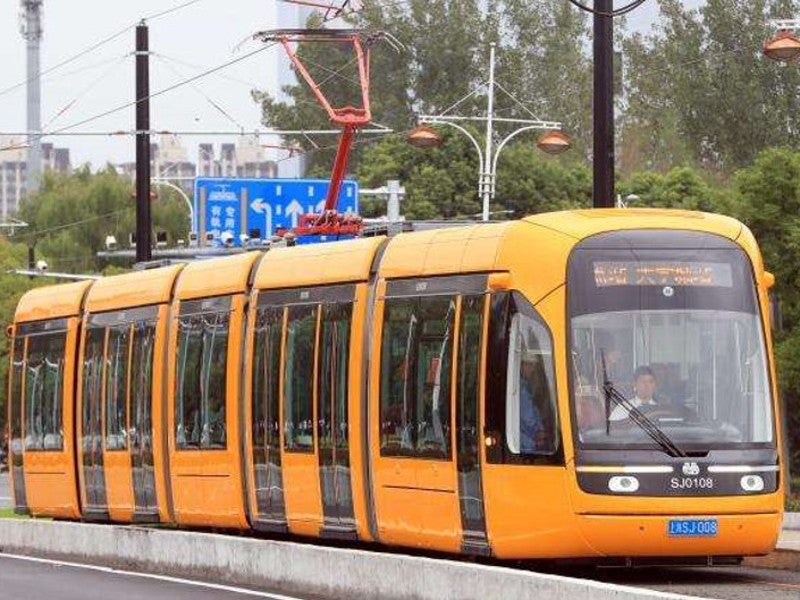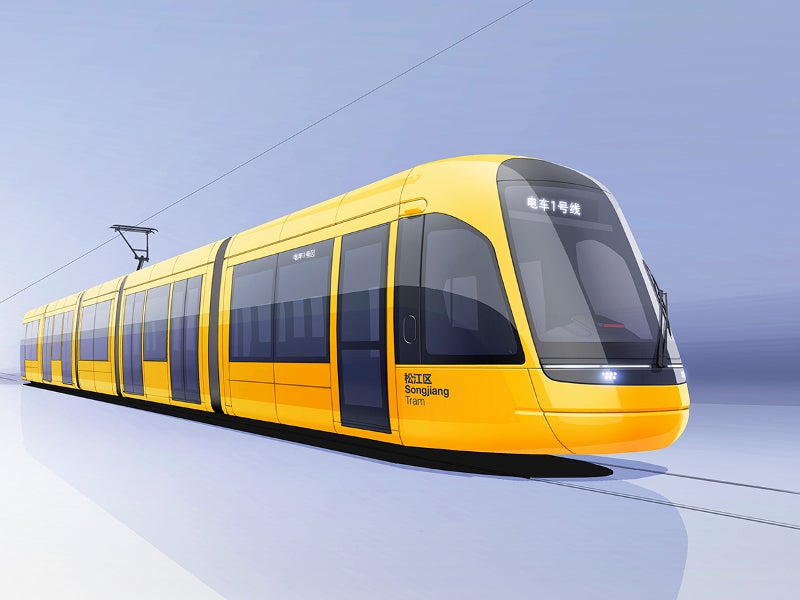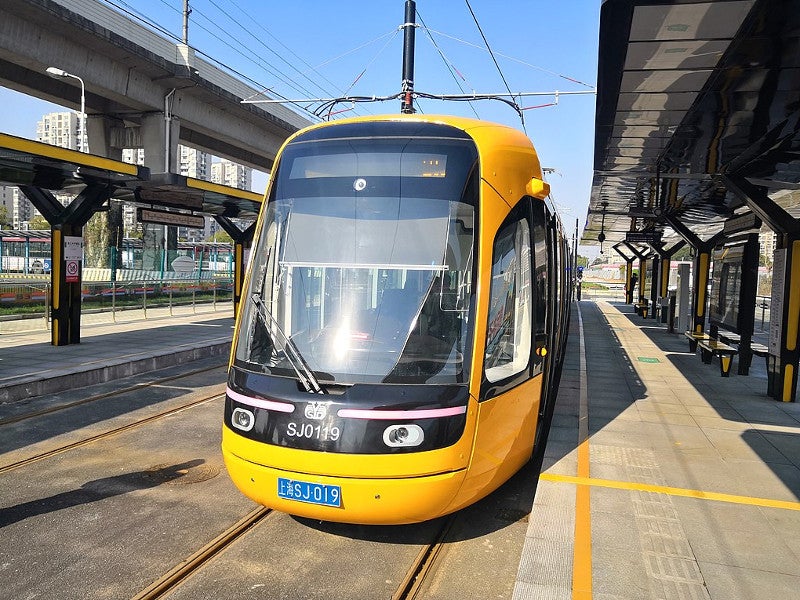The Songjiang Tram Network is a light rail transit system under development in Songjiang District, south-west of Shanghai, China. It is also referred to as the Songjiang Tramway.
Owned by the Government of Songjiang District, the tram network is managed by Shanghai Keolis. It provides a connection to Line 9 of the Shanghai Metro.
The project involves the construction of two lines, which will be completed in two phases. Construction on the first phase, which connects Shanghai’s Canghua Road station in the west with Zhongchen Road station in the east, was completed in the second half of 2018.
The first section was officially opened to traffic in December 2018, while the second section is expected to be operational by mid-2019.
The tramway is being developed to offer reliable, efficient, and safe public transportation to the growing population in the Songjiang region.
The light rail system is also expected to reap economic and operational benefits to the local businesses and create employment opportunities in the region.
Songjiang Tramway project details
The Songjiang tram network will have a total length of 31km and 46 stations when fully operational. It is expected to serve 170,000 passengers a day. The two lines of the light rail network are designated as tram line one and tram line two.
The first phase (tram line two) has a track length of 13.9km. The trains on the line operate with a headway time of 10 to 15 minutes. Additional trains can also be added to reduce headway time during peak hours. Each station is served by a nearby bus stop to ensure an easy transition between the tramway and bus network.
Scheduled for completion during the second phase of the project, tram line one will have a length of 17.1km and will feature 26 stations. It will run east to west, connecting Xinqiao and Chenta Road.
Rolling stock
The tram network is being served by 30 Silkworm low-floor light rail vehicles (LRVs), which are based on the Alstom Citadis platform. The first tram was delivered for testing on the network in November 2016.
Each 33m-long bi-directional tram has five sections and features four twin-leaf and two single-leaf doors on either side. It offers seating for 56 passengers and can accommodate up to 300 people. The tram can run at a maximum speed ranging between 50km/h and 60km/h.
Contractors involved in Songjiang Tramway development
Songjiang Tramway selected Shanghai Keolis as the operator of the tram network in August 2018. Shanghai Keolis will manage the operations of the tramway for a period of five years under the agreement.
Shanghai Keolis is the joint venture of Keolis Group and Shanghai Shentong Metro Group. The latter owns 51% interest in the JV, while the remaining 49% stake is held by Keolis.
Shanghai Songjiang Tramway Investment and Operation placed a €72m ($81.9m) contract with Alstom for 30 Citadis trams for the Songjiang tramway in April 2015.
The contract is being executed by Shanghai Alstom Transport Company (SATCO), a joint venture of Alstom and Shanghai Electric Group.
SATCO is responsible for the manufacture and assembly of the trains. The trains will feature traction systems, compartments, and a train control and monitoring system (TCMS) supplied by Alstom.
The TCMS for the trams is provided by Alstom’s La Rochelle plant in France. The hardware equipment, bogies, and power modules are developed at Alstom’s other facilities in France.




